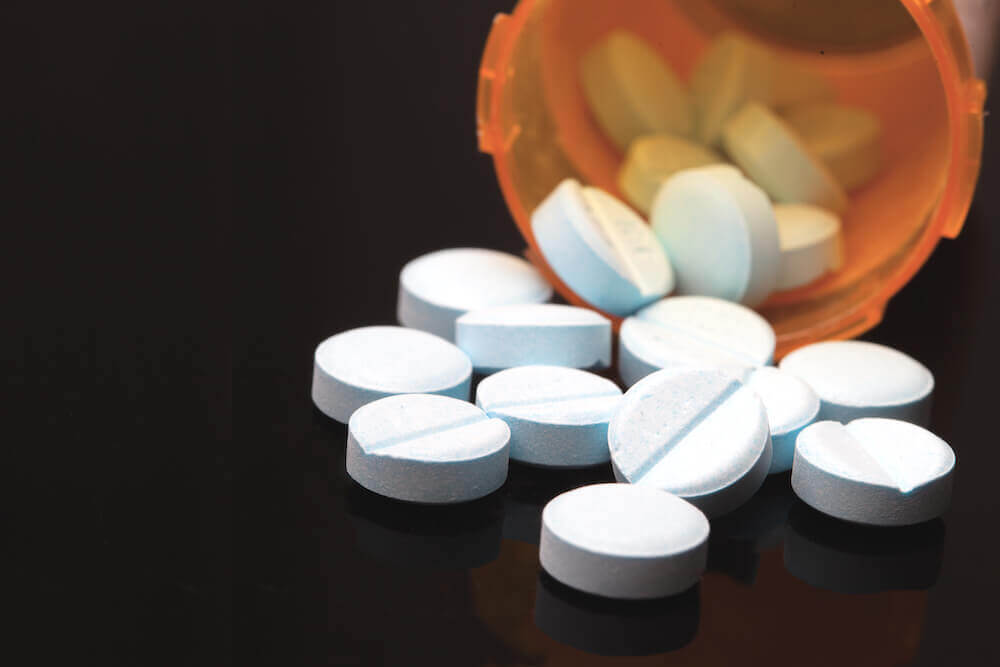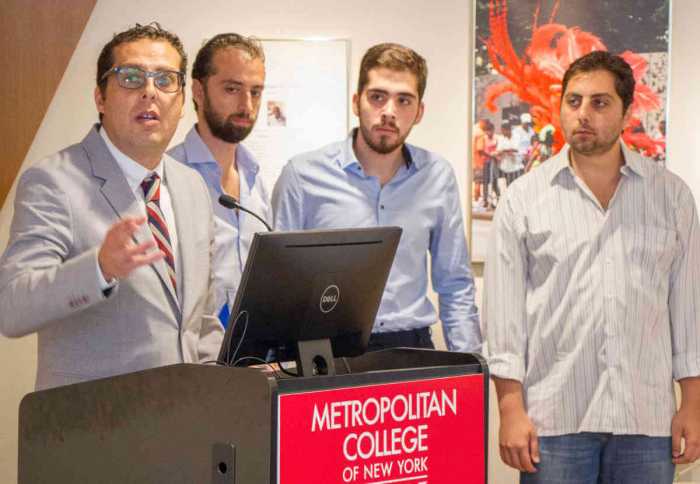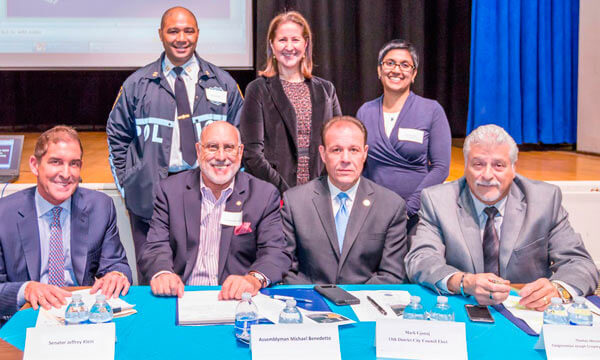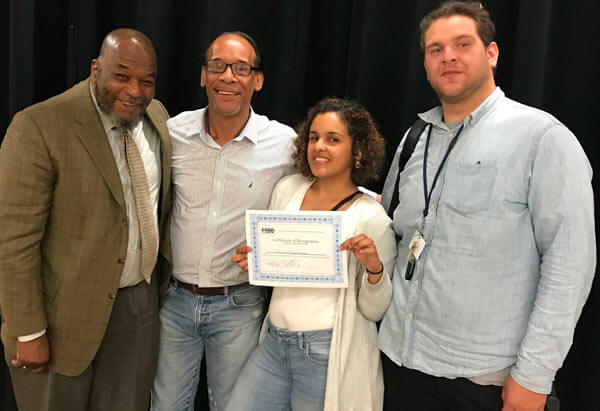As New York and the country at-large battle a nationwide opioid public health emergency, newly released state data shows just how crippling opioid use has been in the Bronx.
A report released Tuesday by state Comptroller Thomas DiNapoli revealed that the Bronx had the third-highest drug overdose rate among New York’s 62 counties in a decade-long span from 2010 to 2020. In 2020, 10 counties or boroughs exceeded the statewide average of 25.4 deaths per 100,000 people, including each of the the Five Boroughs.
The Bronx’s drug overdose rate ballooned from 8.7% in 2010 to 38.7% in 2020, and state officials say the surge was largely due to a significant increase in deaths from opioids with illicit fentanyl and similar synthetic opioids. The two counties with the highest overdose rates during that span are Dutchess and Niagara counties in the northern part of the state.
Roughly 85% of drug overdose deaths in the state involved opioids in 2021, and fentanyl-related deaths grew from 11% of all drug overdose deaths in 2010 to 78% in 2021.
State health officials this summer required pharmacies to begin carrying and dispensing Naloxone — commonly referred to as Narcan — which can be used to counter the effects of an overdose when immediately administered. On Wednesday, CVS and Walgreens reached a $10 billion agreement — $5 billion each — to settle opioid cases, resolving thousands of lawsuits over the retailers’ role in the addiction crisis.
The caveat, is that a large majority of state, local and tribal governments must sign on for it to take effect.
Nationwide, fatal overdoses also increased by an estimated 38.6% from March 2020 to March 2021, according to the Centers for Disease Control and Prevention (CDC). The agency said pandemic-related disruptions in access to prevention, treatment, harm reduction and recovery support services “likely contributed” to the growth in overdose deaths.
In the Bronx, 582 people died of a drug overdose in 2020, according to the latest data released by the city’s Office of Special Narcotics Prosecutor, and overdose deaths reached historic highs in New York City during the ongoing COVID-19 crisis. The Bronx had the highest rate of overdose death in 2020 (48.0 per 100,000 residents) followed by residents of Staten Island (37.0 per 100,000 residents), Manhattan (25.2 per 100,000 residents), Brooklyn (21.1 per 100,000 residents) and Queens (19.9 per 100,000 residents).
From 2019 to 2021, according to the state comptroller’s office, opioid-related deaths spiked by 68%, while claiming the lives of nearly 5,000 New Yorkers last year alone. While drug overdoses grew across all racial and ethnic groups, overdose rates soared five times higher for Black New Yorkers, four times higher for Hispanic New Yorkers and tripled for white New Yorkers.
In NYC’s overdose crisis, public health approach focuses on correcting pandemic-related disruptions
Among the recommendations in the report to curb rising drug overdoses statewide, the comptroller’s office recommends fixes to the state’s current financial reporting, which doesn’t track state, federal and local resources dedicated to addressing the opioid crisis. Additionally, DiNapoli wants direct funding and support to head toward communities systemically affected by rising drug overdoses.
When it comes to opioid outpatient treatment, the highest rate per 100,000 population is greatest in Manhattan and the Bronx, and there are estimated 30,000-plus methadone patients in New York City, according to state data. The Bronx has 11 methadone clinics sited throughout the borough — the highest of any of the NYC boroughs.
In March 2020, the federal Substance Abuse and Mental Health Services Administration loosened restrictions on take-home doses of methadone, as patients who met certain criteria could be classified as “stable” and could be eligible to take home either 14 or 28 days of medication.
Methadone is a powerful drug used for pain relief and treatment of drug addiction, and many of the city’s methadone clinics and services are located in the Bronx and Harlem.
Reach Robbie Sequeira at rsequeira@schnepsmedia.com or (718) 260-4599. For more coverage, follow us on Twitter, Facebook and Instagram @bronxtimes

























